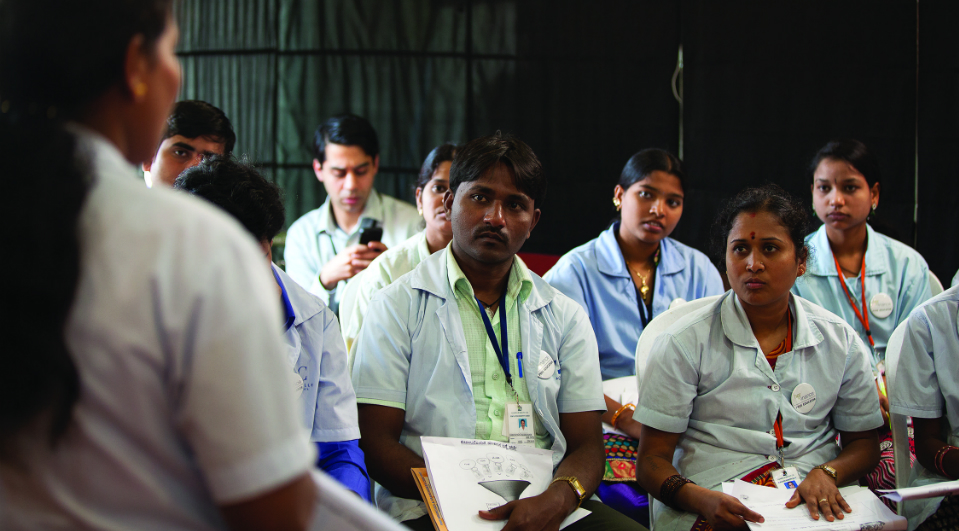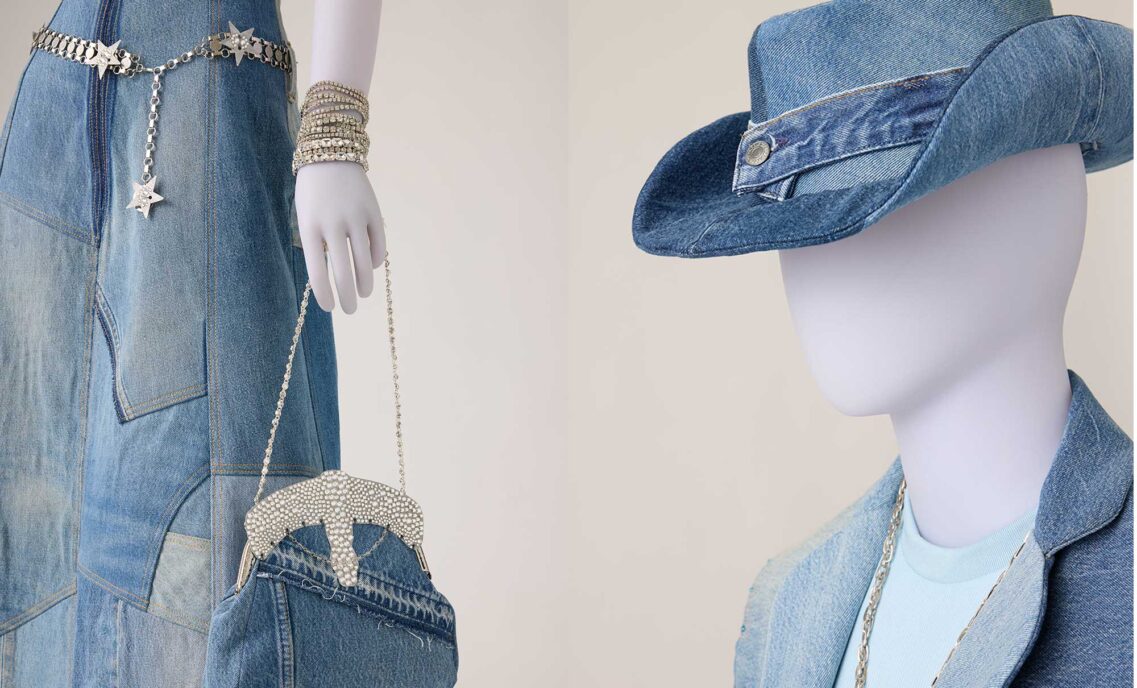The following article was originally published on LinkedIn, where LS&Co. leaders periodically share their perspectives and expertise on business trends, industry issues, careers and the workplace. Have thoughts or reactions to this piece? Head on over to LinkedIn to share them.
For many years, detractors have characterized the apparel industry as being in a “race to the bottom.” Historically, competition has been driven by lowering costs with too many markdowns and fast fulfillment, rather than by high-quality products and value.
When competition centers solely on price and speed, integrity and ethics become a lower-order concern. Environmental and labor standards become a second thought. Ultimately, in the race to the bottom, no one wins.
The good news is that some in the industry have realized this issue and recognized it as a business opportunity. Like-minded groups have formed organizations such as the Sustainable Apparel Coalition to reduce the environmental and social impacts of apparel and footwear products around the world. The Coalition made strides when it created The Higg Index, a tool that measures the environmental and social performance of apparel producers and helps spotlight priorities for action and opportunities for innovation.
The Better Cotton Initiative, established by retailers, suppliers, farmers, and civil society groups, works to reduce water and chemical use in cotton growing and improve farmers’ livelihoods. In just five years, it has reached nearly one million farmers around the world. This year, 11 percent of all cotton produced across the world will be qualified as “better cotton.” This is quite an achievement, considering that most sustainable commodity initiatives remain at around 2-3 percent of global production.
Another example of positive industry collaboration is the Better Work program. Better Work, a partnership between the International Labor Organization (ILO) and International Finance Corporation (IFC), brings local enterprises, international buyers, governments and NGOs together to build partnerships and create a rigorous cycle of improvement. For more than a decade, this program has improved factory conditions and labor rights for over one million workers and millions more of their family members through enforcing national labor laws and core labor standards in eight apparel producing countries.
These collaborations are demonstrating that the industry can act to slow the race to the bottom and improve labor and environmental conditions. What is even more encouraging is that some companies are emerging from these collaborations to compete on sustainability. I believe this competition is the harbinger of a race to the top creating better working conditions, reduced environmental impact, and financial sustainability for vendors and the people who make our products.
This race to the top mentality is beginning to grow. In recent years, companies like H&M and Levi Strauss & Co. have streamlined their sourcing efforts to fewer, more responsible suppliers, placing more and bigger orders with them. They have also publicly shared the names and locations of their suppliers, creating greater accountability through transparency.
Levi Strauss & Co.’s Water<Less™ products have saved more than 1 billion liters of water. By 2020, the Levi’s® brand aims to make 80 percent of its products using Water<Less™ techniques, up from nearly 25 percent today.
On the labor side, Levi Strauss & Co. has gone beyond its pioneering comprehensive Terms of Engagement code of conduct protecting workers’ labor rights, health and safety. In 2012, the company launched its Improving Worker Well-being initiative, working with its suppliers and local providers to address worker needs such as financial literacy, reproductive health and gender equality.
Beyond benefiting workers, suppliers see up to a 4 to 1 return on their investment in these programs through improved productivity and reduced turnover and absenteeism. Levi Strauss & Co. is making participation in this initiative a requirement for its top vendors, with a 2020 goal to have 80 percent of its products produced in factories with Improving Worker Well-being programs, which we believe will improve the lives of 140,000 workers.
In addition to brands and retailers, suppliers are raising the sustainability bar. Crystal Group in China and Hirdaramani Industries in Sri Lanka are both leading members of the Sustainable Apparel Coalition. Crystal has invested in worker programs such as BSR’s Health Enables Returns (HER) project and Levi Strauss & Co.’s water reuse and recycled standard. Hirdaramani has built several factories to achieve LEED gold certification.
What is even more encouraging than these moves by the private sector towards a race to the top is the fact that multilateral organizations such as the IFC are providing direct financial incentives for sustainability. The IFC has partnered with Levi Strauss & Co. on a ground breaking program that offers lower interest rates on trade financing for vendors that perform better on sustainability. The IFC recently extended this program to Puma and has plans to expand to other brands striving to compete on sustainability.
After nearly 20 years in the industry, I’m proud to see the progress we’ve made, but also know there’s more to be done. The key will be to harness business’ competitive spirit to drive a long overdue race to the top on labor and environmental performance. I believe we are on the brink of a sustainability revolution.
ABOUT THE AUTHOR
 Michael Kobori is the Vice President of Social and Environmental Sustainability at Levi Strauss & Co. He leads the development of LS&Co.’s environmental vision and strategy, our efforts to collaborate with other brands on sustainability, and extend our standards throughout the supply chain, including mills and sundry suppliers. Follow him on Twitter @KoboriGrillsCSR.
Michael Kobori is the Vice President of Social and Environmental Sustainability at Levi Strauss & Co. He leads the development of LS&Co.’s environmental vision and strategy, our efforts to collaborate with other brands on sustainability, and extend our standards throughout the supply chain, including mills and sundry suppliers. Follow him on Twitter @KoboriGrillsCSR.
Photo Credit: HERProject







